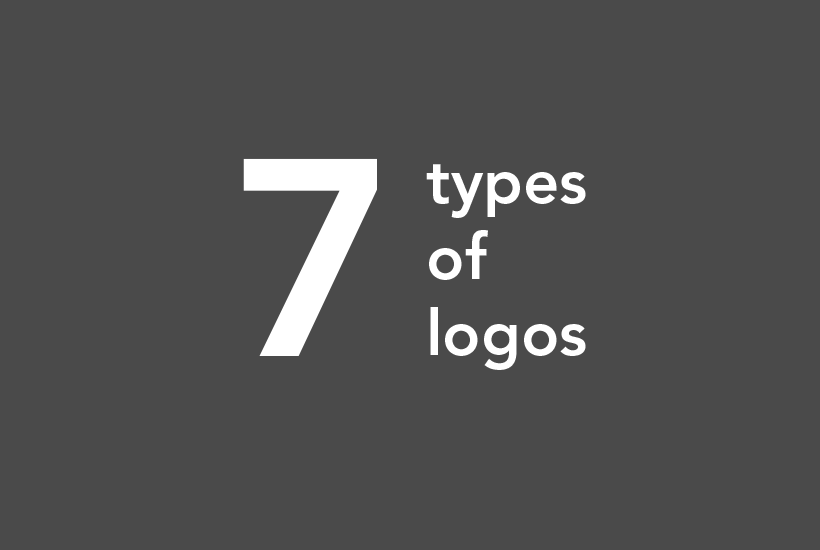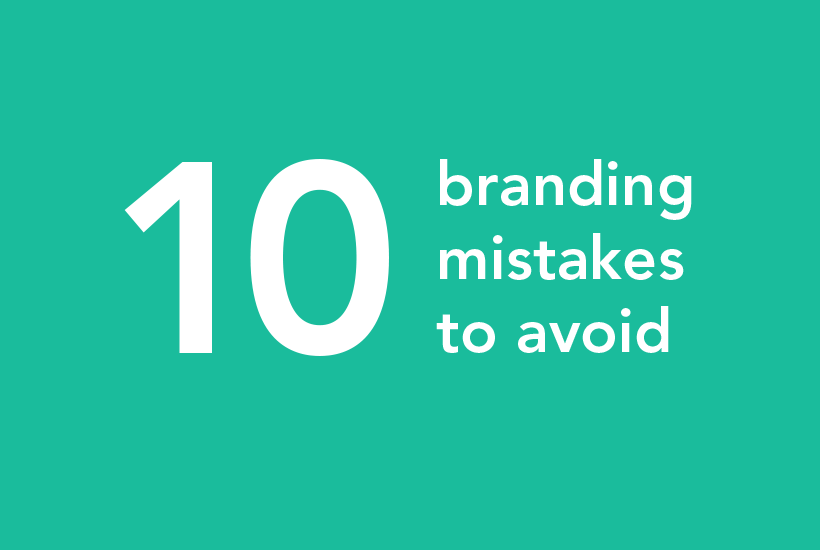7 types of logos
Your logo is your mark on the world, an instant visual symbol, full of meaning that reveals the essence of your brand. Before you pack so much significance into a graphic representation, you should do your homework. The logo should be informed by brand research and driven by strategy and positioning. It must be highly differentiated from your competition, evoke your brand personality, and convey your brand voice.
It’s helpful to understand the 7 types of logos before embarking on the path to creating or refreshing your brand.
1) Wordmarks (or Logotypes)
Wordmarks comprises of a standalone word(s) or acronym. It should be easily read and distinctive. Minor tweaks and treatments can help make it unique. Examples includes:
- NASA
- Braun
- Coca-Cola
- Fedex
2) Letter Marks (or Monograms)
Letter marks don’t constitute a complete word or message. They are free standing letters and therefore must be characterized by bold personality and significance to be memorable. Examples include:
- Air BnB
- Univision
- IBM
- McDonalds
- Westinghouse
3) Conceptual Marks (or Pictorial Marks)
- Conceptual marks draw on the power of imagery to express the essence of the brand. They should be easily recognizable and yet significant. They are often used in the technology and service based industries. Examples include:
- Apple
- Shell
- PBS
4) Emblem Mark
When a wordmark, letter mark or conceptual mark is housed within a shape that is an essential part of its’ identity, it is an emblem mark. Due to the multiple elements, these marks should be simple. They can have legibility issues if scaled small. Examples include:
- BMW
- UPS
- Harley-Davidson
- Starbucks
5) Combination Mark
It is a combination of two elements, a letter mark or wordmark with a combination of a pictorial mark, mascot, or abstract mark. Examples include:
- Adidas
- Adobe
- Rolex
6) Mascot Mark
Mascot marks combine mascots in a logo. These are generally illustrated characters done in a fun / stylized way. They are often used for brands that are targeting families or kids. Examples include:
- Pringles
- Android
- KFC (Colonel)
7) Dynamic Marks
Dynamic marks adapt to the position they are in. It can change in orientation, color, or more. Examples include:
- Google’s homepage logo
10 branding mistakes to avoid
Whether you are adding new products, making new ads or promoting on social media, it’s very easy for your brand to go off track. Different people have different ideas. You want to make sure you don’t fall into these seven branding mistakes:
1. FORGETTING TO ESTABLISH BRAND GUIDELINES
If you create a brand without establishing brand guidelines, your brand will look inconsistent and the direction will be all over the place. Customers / Clients will less likely instantly recognize your brand. You’ll want to establish defined guidelines that cover all of the following elements (as well as others that are relevant to your field)
- Logo (primary and secondary versions
- Brand Colors
- Taglines
- Fonts and Typography
- The “voice” or brand personality used in your brand materials
- Imagery
- Graphical treatments
- Spokespeople or mascots
2. THINKING YOUR LOGO IS YOUR BRAND
It’s the brand, not the logo that engages and connects with your customer. The logo simply tells your customers where they can buy the product. You need to develop all the elements of your brand.
3. NOT FOLLOWING YOUR BRAND GUIDELINES
You carefully crafted brand guidelines, but a few months down the road you create something new outside of the guidelines. Can you do it? Of course, but keep in mind every time you deviate from your stated brand guidelines, you dilute their power and diminish the strength of association with customers / clients.
3. NOT HAVING A BRAND PERSONALITY
The “voice”, knowing who you are as a brand helps develop the language and tone of your brand. Once you know who your brand is, other pieces will fall into place.
4. NOT REALIZING THE POWER OF A BRAND
Having a strong brand from a customer-relationship is advantageous. You want the immediate, definitive connection. When you lose that connection, the messaging, the instant awareness, you lose the value and power of your brand.
5. USING AN UNTRAINED DESIGNER
Too many people opt for a cheap logo or website using Fiverr or 99 Designs. Even worse, i’ve seen people use their son or best friend’s daughter to design their logo because they are good at art. This is your business! Would you leave your car repair to an untrained professional? So why do that with your brand? The result of using untrained professionals leaves a brand to rebrand after a year or two and end up paying far more than the initial investment. get a properly trained professional who understands branding and show your customers just how serious you are.
6. USING VAGUE BRANDING
Avoid catch-all phrases that are vague and non-sensical. Use clear language, logos and imagery that reinforce or mimic the the brand that’s unmistakeable. Be sure to use the tag-line to sum up what your company is about.
7. ASSUMING BRANDING IS EXPENSIVE
There are some areas you can do yourself that don’t cost money, but the initial strategy and logo design is definitely an investment that is worth paying for. Stay true to your brand.
8. OVER-COMPLICATING YOUR BRAND
It can be tempting to add more variables to your brand. However, don’t use too many colors or too many graphical elements. Simplify your brand with clear, easily recognizable and memorable brand elements.
9. NOT POLICING YOUR BRAND
Developing and implementing your brand guidelines is only half the battle. You have to be proactive about monitoring where and how others are using your branded elements. Your own team or even competitors could be causing issues (small and large). It may be necessary to pursue actions if elements are infringed upon.
10. POOR BRAND EXECUTION
Whether you are coming out with new branding or rebranding, poor execution reduces the connection you’ve built with customers. It’s important to only make changes when the benefits outweigh the risks of losing business. Changes or alterations often require educating your customers/ clients on the changes you’re making.




